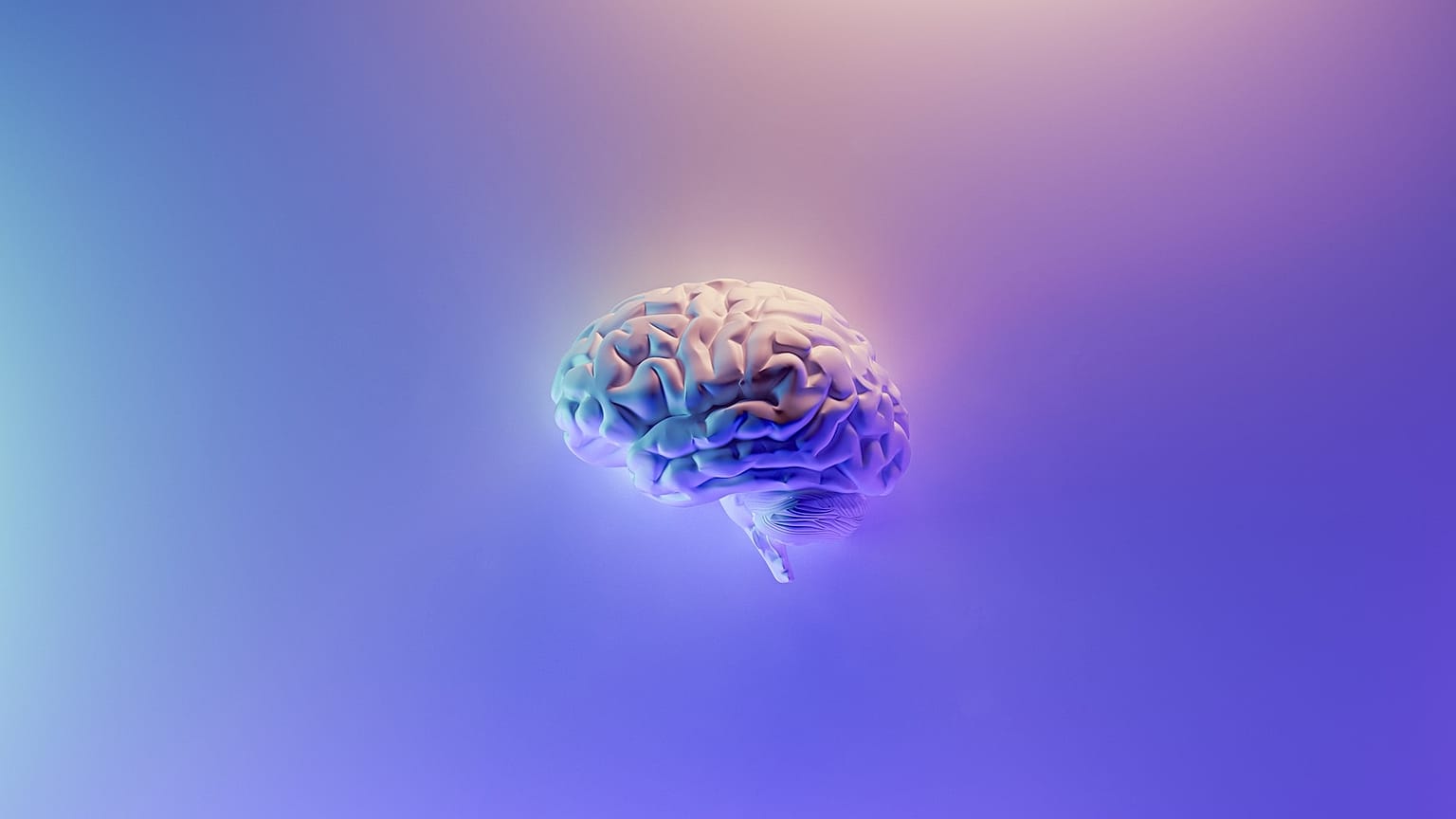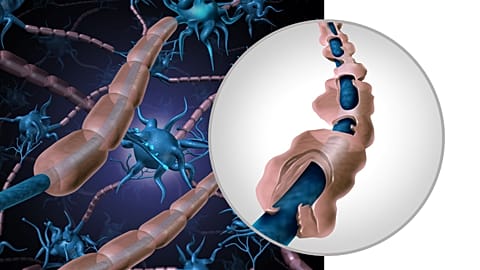A growing field of research known as organoid intelligence is trying to reproduce the human brain to take over AI and more.
As generative artificial intelligence (AI) research rapidly spreads, a handful of scientists around the world are already working on the next big thing: a field that imagines computers with real brains, known as biocomputing.
Current AI models use networks of a couple of hundred million neurons, with extremely simplified neurons, and they require a significant amount of energy.
A human brain meanwhile uses much less power to create connections between nearly 90 billion neurons.
Should current artificial intelligence companies wish to replicate the number of connections in human brains, they’d require a nuclear power plant, according to experts.
That’s because generative AI models are synthetic and need to be powered by electricity for neurons to communicate between themselves.
Biocomputing proposes a fundamental paradigm shift by using real, biological neurons.
"We’re at the start of a revolution," Dr Fred Jordan, CEO and co-founder of Final Spark, told Euronews Next.
In 2014, he and his colleague Dr Martin Kutter created one of the world’s first biocomputing companies in Switzerland. Today it’s one of three corporations working in this field, along with Cortical Labs in Australia and Koniku in the US.
'Building a thinking computer'
Biocomputers are machines using live neurons that can reason like humans and create ideas outside their own experience. They differ from AI programmes such as ChatGPT, which can only give answers from knowledge it has in its own database.
"Since I was a teenager, my dream was to build a thinking computer," said Jordan, who decided three years ago that combining artificial intelligence and neuroscience - "fields which don’t usually meet" - was the way to reach that goal.
"The processing of information by the brain is incredibly complex, and today's digital computers are just not up to the job," he said, "so we thought, since hardware isn’t enough, let’s change it with living neurons or wetware".
Jordan and his team work with neurons obtained through a method developed 15 years ago that transforms human skin cells into stem cells, and then into neurons.
But no one has managed yet to build a biocomputer that passes the Turing test, which evaluates if a machine is intelligent and can fool a user into thinking it is human.
How far along is biocomputing research?
Final Spark works with thousands of neurospheres (3D structures of living neurons that are biocomputer prototypes, with fewer neurons and stability) in which 10,000 neurons live for 100 days - a time span during which Jordan and his team try to understand how to train those neurons.
The aim is to get neurospheres to achieve "useful tasks," such as learning and memorising information (this is also called neuroplasticity), by stimulating the neurons through electrodes.
But this is no easy feat as each neurosphere is different.
For now, Final Spark’s neurospheres can only store 1 bit of information - "like a quantum computer from 15 years ago".
The company’s biggest competitor recently made headlines for teaching live neurons how to play Pong.
So while biocomputing isn’t taking over the world just yet, Jordan hopes that the research will accelerate.
"All our work is open data because we believe the biggest risk isn’t our competition, but it’s not finding the right solution to biocomputing," he said.
In the coming months, Final Spark will team up with universities across the globe so that students can conduct their own electrode stimulation tests remotely and try to contribute to research on neuroplasticity.
"I hope that next year we'll be able to master certain aspects of learning," said Jordan.
"At the moment, we're moving in interesting and innovative directions".
What can biocomputing do?
The most evident use of biocomputing right now is to replace the synthetic processors used by AI companies to reduce energy consumption by "1 million to 10 billion times," said Jordan, referring to data from Professor Thomas Hartung of Johns Hopkins, who is working on biocomputing with a community of scientists of which Final Spark is also a member.
AI ventures need to scale up their processors for each new model, and their carbon footprint follows. Neurons and biocomputers on the other hand can easily be multiplied, and could strip the AI field of much of its emissions.
Jordan is already in touch with dozens of companies in the tech industry.
"Some understand what we’re trying to achieve, but most just don’t. What we’re doing feels like science fiction to them," he explained.
Nonetheless, Frontiers, one of the world’s most cited research journals, recently launched an "organoid intelligence" section.
"This recognition was really important for me, as there really wasn’t anything before in research that acknowledged our activity," Jordan said.
Beyond reducing the energy consumption of some AI ventures, what biocomputing will be able to do is "unimaginable," he added, "because neurons are self-programming".
"We simply don’t know what biocomputers will be able to do".
Could they take over humanity then?
"Cars go faster than humans and computers calculate faster than humans, but neither have taken over humans," Jordan said.


















